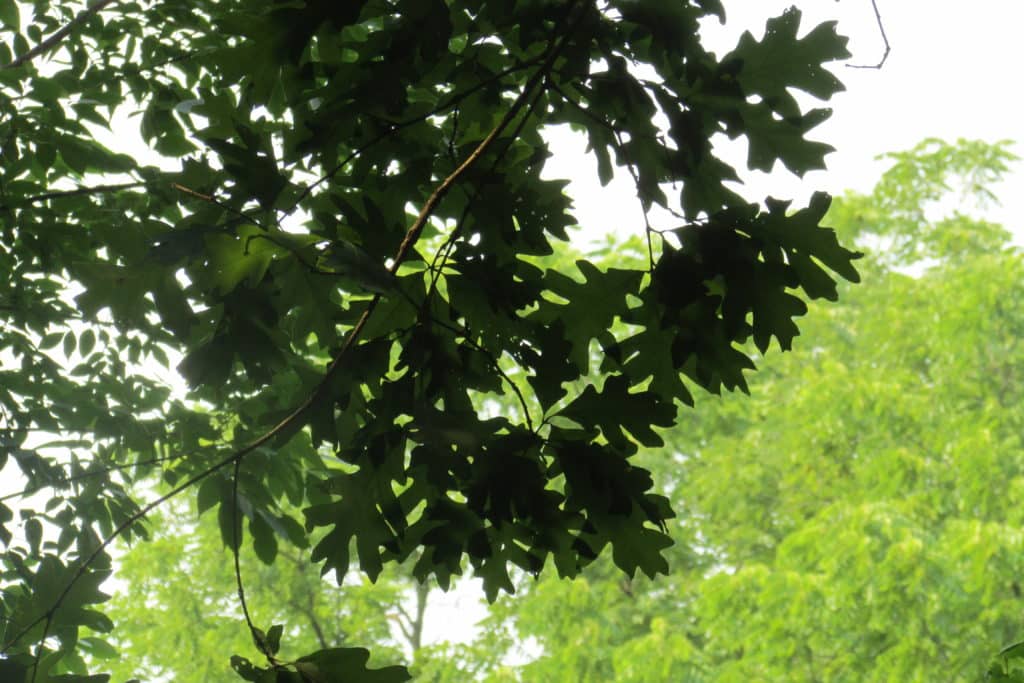
Reading the Book of Nature
Before my children learned to recognize the letters of the alphabet, reading a story to them was a mysterious, magical exercise.
For example – some children’s books have pages without any text, spread with intricate illustrations. When reaching these pages, I would pause to look at the images in silence.
My children inevitably would start to ask after a few seconds, “why aren’t you reading?”
“There are no words on the page,” I would respond.
They would peer into the book, searching confusedly. The squiggly shapes of words, after all, were not yet distinguishable from the intricate lines of the illustrations.
The process of learning to read is, in part, a process of learning to recognize and name the particular shapes of the 26 letters of the alphabet – of learning to pick out and name a “P” or an “R” from the thicket of black squiggles in which they are enmeshed. The letters are there through all the years before the child can read; but the child has not yet learned to connect their shape and sound.
We all, young and old, experience a similar process of recognition as we encounter new fields of meaning. For example, learning a new language in adulthood – particularly one with an unfamiliar alphabet – can put us back in that frame of childlike confusion and wonder that we once had for our own alphabet. If I pick up a text in Arabic, Sanskrit, or Chinese, all I see are squiggles. Individual shapes do not have meaning to me, and all appears as a thicket of incomprehensible lines.
A few years ago, I moved to Virginia, where I taught Latin at a classical school. Soon after moving, I decided to learn to identify the predominant trees in my new region. Beginning with the school’s extensive grounds, I learned Silver Maple, Black Walnut, White Oak, Eastern Cedar, Sycamore, Gum, and many others. Over this period, I noticed in myself the process of moving from confusion to clarity as I learned to read the local arboreal landscape. Like a child confusing P and R, at first I couldn’t distinguish between a large Sumac and a young Black Walnut tree – their branches of thin, almond-shaped parallel leaves seemed so similar that I couldn’t see the differences. With experience, I learned to look for Sumac’s bright red fruit and the Walnut’s green orbs. Now I can distinguish both trees at a quick glance.
Sometime during this process of learning the trees in Virginia’s Piedmont region, I took a walk through the school’s wooded campus before one of my classes. On a whim, I picked up a Sycamore ball brought it with me. At the beginning of class, I held up the ball, asking if anyone could identify the plant it came from. Out of twenty students, only one was able to answer. They had studied ancient Greek military history, but couldn’t read the landscape out their own back door.
In the European middle ages, nature was thought of as the liber naturae, “book of nature,” a text written by the hand of God – a necessary counterpart to the Scriptural text. Augustine of Hippo, perhaps the originator of the phrase, calls it magnus liber naturae rerum, “the great book of the nature of things” (1). If it truly is a book, rich with meaning, how many of us – and how many of our children – can read it? For how many of us does the text of nature remain a mere thicket of squiggles, a wall of green over against us, like a page of foreign script full of indistinguishable and meaningless shapes?
In his essay “Landspeak,” nature writer Robert Macfarlane remarks of recent changes to the Oxford Junior Dictionary:
A sharp-eyed reader noticed that there had been a culling of words concerning nature. Under pressure, Oxford University Press revealed a list of the entries it no longer felt to be relevant to a modern-day childhood. The deletions included acorn, adder, ash, beech, bluebell, buttercup, catkin, conker, cowslip, cygnet, dandelion, fern, hazel, heather, heron, ivy, kingfisher, lark, mistletoe, nectar, newt, otter, pasture, and willow. The words introduced to the new edition included attachment, block-graph, blog, broadband, bullet-point, celebrity, chatroom, committee, cut-and-paste, MP3 player, and voice-mail. (1)
In his book The Ecology of Commerce, author David Orr notes that “the average person has learned to recognize more than 1,000 corporate logos but can recognize fewer than 10 plants and animals native to their locality” (2).
Let’s hope that classical parents and teachers do not have their charges steeped in the tecnho-culture indicated in Robert Macfarlane’s passage above, or in the consumerist culture of David Orr’s. However, how many trees and roadside herbs can classically educated children name? Grab your average classical student and she may be able to rattle off the names of the seven hills of Rome or the twelve stones on Aaron’s breastplate. She could likely translate “Caesar impetum fecit contra Belgas.” But can she read the landscape in her own backyard or schoolyard? Are the plants around her known and distinguishable as chapters in the liber naturae, or are they a mere thicket of impenatrable twigs and leaves?
Classical education ought to be about more than a set of great books. It ought to also be manifest in a stance toward the natural world that sees it as a magnus liber naturae, an intelligible text of organic beings written by a divine hand. This text is everywhere around us. We have only to begin paying attention to start to grow our own literacy.
What better way to address this potential imbalance than by walking outside and learning to read the landscape in your own backyard or schoolyard?
Recommended Reading and Course Content:
- A New Natural Philosophy: Recovering a Natural Science and Christian Pedagogy by Ravi Scott Jain (coauthor of The Liberal Arts Tradition), Chris Hall (author of Common Arts Education), and Robbie Andreasen.
- “Presence of Nature in the Natural World” by Wendell Berry (extended essay published within A Small Porch).
- ClassicalU.com course Charlotte Mason: A Liberal Education for All (with an introduction to the methods and purpose of nature study in lecture 15).
End Notes:
(1) Contra Faustum 32, 20.
(2) Robert Macfarlane, “Landspeak.” Orion Magazine.
(3) David Orr, The Ecology of Commerce: A Declaration of Sustainability. New York: HarperCollins Publisher, 1993: 214.
Author John Carr, after attending the Graduate Institute at St John’s College, taught humanities, Greek, and Latin for several years in classical schools. He recently left the classroom for a remote homestead in the green mountains of Vermont, where he and his wife homeschool their four children.
Note: Guest bloggers share their own thoughts as classical educators and learners and do not represent ClassicalU.com or Classical Academic Press. If you are interested in writing guest blog content, please contact us with your name, connection to classical education, and ideas for a blog post.


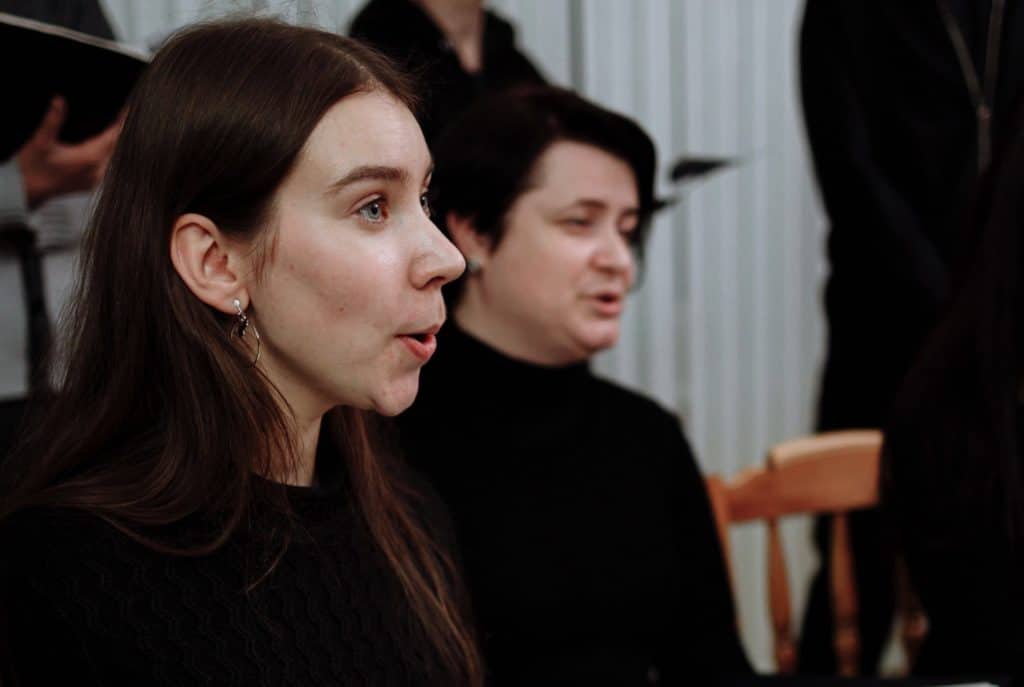
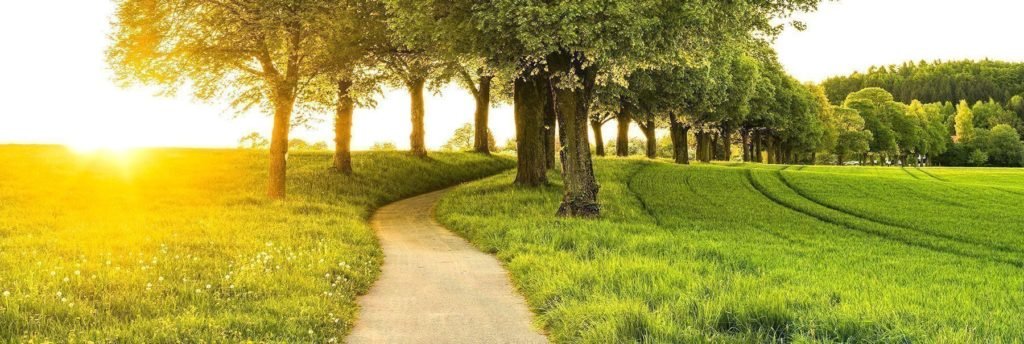
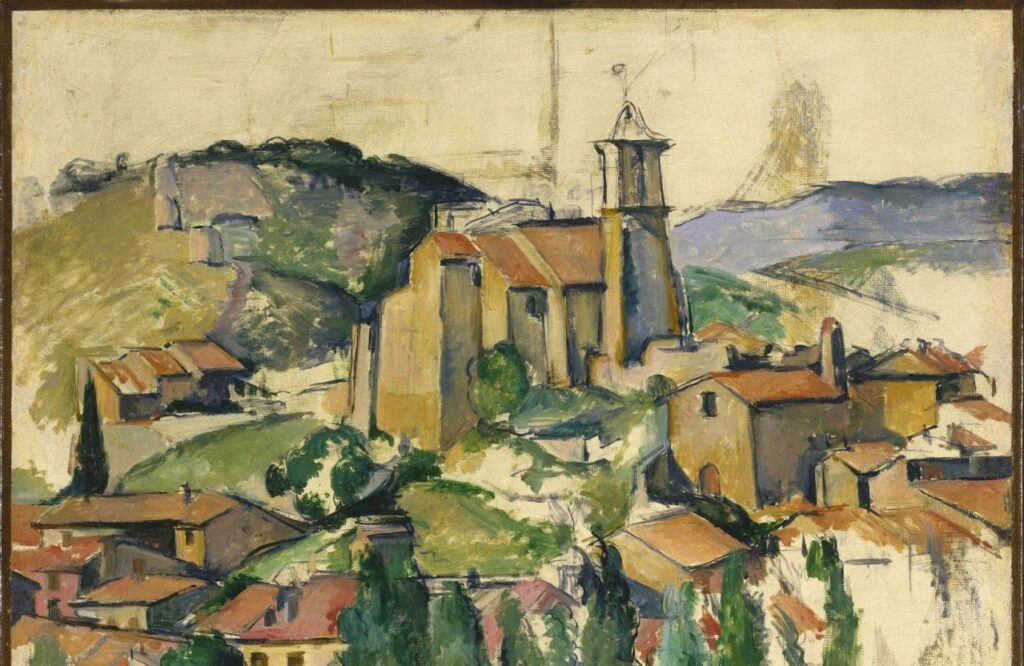

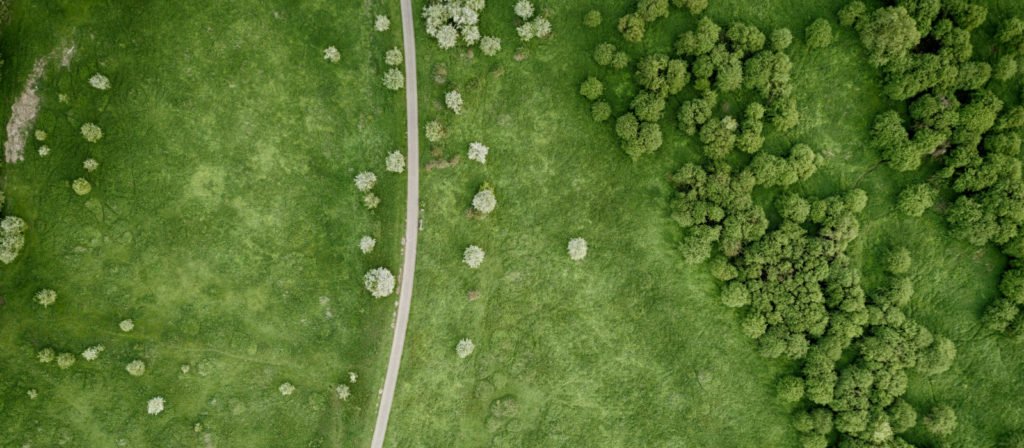

Greetings!
I have the privilege over the last decade to observe God’s alphabet, words, grammar, and “Logia” that is Molecular Biology (I call it “BioLogia”). I have had the wonderful pleasure of studying at the Greenwood Genetic Center Summer graduate courses in Genomics, proteomics, and Bioinformatics.
First, God uses His nucleotide alphabet of adenine (A), cytosine (C), guanine (G), or thymine (T) to form words using Triplets (similar to Morse Code) to code for Amino Acids. This information is stored as “Logia” (i.e., genes) in complementary strands of DeoxyriboNucleic Acid (i.e., DNA) using the most amazing micromachines (i.e., Enzymes) as DNA polymerases ( with Single-Stranded Binding Protein (SSBP), DNA Helicases, Topoisomerases, DNA primase, and DNA Ligase) to replicate and retain the tradition of your elders.
Secondly, God’s uses His grammar to transliterate and translate DNA to RNA (i.e., RiboNucleic Acid). This is accomplished through DNA Transcriptase, DNA Helicase II, RNA Polymerase, Aminoacyl tRNA Synthetase, and Peptidyl Transferase to and in your Ribosomes.
Finally, God uses all His “Logia” (i.e., genes) to produce ALL the protein (and other) molecules you need to build, repair, and maintain every part and system of your physical body.
And what dear servant discovered all of this before Darwin? “A number of hypotheses were suggested to explain heredity, but Gregor Mendel, a little known Central European monk, was the only one who got it more or less right. His ideas had been published in 1866 but largely went unrecognized until 1900, which was long after his death” (https://www2.palomar.edu/anthro/mendel/mendel_1.htm).
Chalk one up for Classical Education! 🙂
In the Lamb,
Rafe
Hi Rafe – Thank you very much for sharing your experience of reading the book of nature!